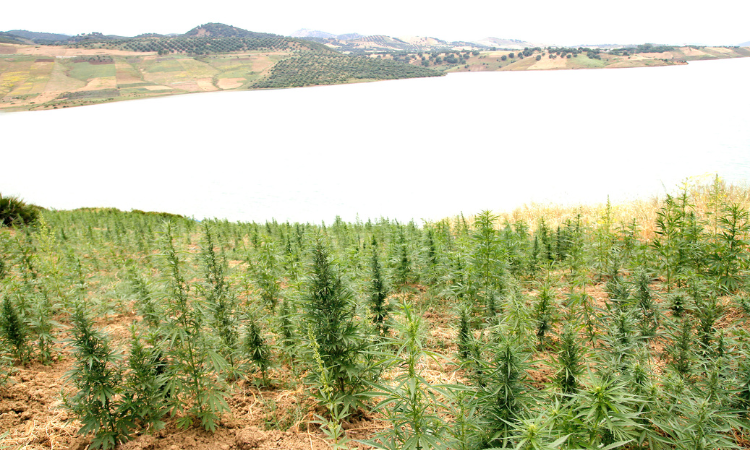There is a quiet effort to preserve the past in the cannabis industry, where innovation frequently takes center stage. Modern cannabis genetics are built on landrace strains, the historic cannabis cultivars that have organically evolved in particular areas for generations. However, these heritage strains are at risk of being lost to time and hybridization. It’s not only about nostalgia when it comes to preserving landrace strains; it’s also about protecting the genetic variety that has enormous potential for cannabis agriculture and medical use in the future.
The Significance of Landrace Strains
The original genetic building blocks of cannabis are landrace strains. They are the outcome of several generations of adaption to certain climatic and geographic conditions. Whether it’s the rocky mountains of Afghanistan or the lush hills of Jamaica, these strains have special qualities that have enabled them to flourish in their original environments.
These strains serve as both vital genetic variety repositories and a testament to cannabis’ tenacity. For cannabis breeders and researchers, their distinctive cannabinoid profiles, terpene compositions, and growth traits open up a world of possibilities.
Threats to Landrace Strains
The dangers to landrace strains are numerous despite their significance. Traditional landrace types are becoming less common as a result of the expansion of cannabis cultivation internationally and the popularity of hybrid strains. The cultivation of landrace strains is put on the back burner as producers place a higher priority on qualities like high THC content or faster blooming.
Additionally, the natural ecosystems where landrace strains have flourished for decades are in danger due to human activity, urbanization, and agricultural growth. By changing the environmental settings that these strains have evolved to over centuries, climate change exacerbates these dangers.
The Role of Preservation
It is a deliberate action to safeguard genetic diversity to preserve landrace strains rather than just doing so for sentimental reasons. The development of cannabis types that are resistant to shifting climatic conditions, pests, and illnesses depends on this variety. It also supports the search for novel terpenes and cannabinoids with potential medicinal uses.
Creating seed banks and gathering seeds from a species’ natural environment are common preservation strategies. These seed banks function as genetic archives, preserving landrace strains’ genetic resources for future generations. Initiatives that include neighborhood communities in the production and preservation of these strains also support the preservation of cultural links and the survival of those ties.
Challenges and Opportunities
Landrace strain preservation is not without its difficulties. Understanding these strains’ particular growing requirements in depth is essential for successful cultivation. Additionally, legislative and legal obstacles may make conservation efforts more difficult, particularly if the strains come from areas with stringent cannabis legislation.
The benefits, however, are substantial. The genetic diversity provided by landrace strains can improve the resiliency and sustainability of cannabis farming in the present day. Breeders can introduce desirable features like insect resistance, drought tolerance, and distinctive flavor profiles by breeding landrace genetics into hybrid cultivars.
A Bridge to the Future
Preserving landrace strains is an investment in the future of cannabis, not just a nostalgic exercise. The genetic variety that is trapped within these strains can offer answers to new problems as the business continues to develop. Landrace strains hold the key to innovation, whether it’s creating crops that can withstand changing climates or creating distinct cannabis profiles for particular medical diseases.
The preservation of landrace genetics is a monument to the origins of cannabis growing in a world where new strains are developed daily. It serves as a reminder that there is a wealth of genetic ancestry hiding behind the trends and advances. We bridge the gap between the past and the present by fostering and safeguarding landrace strains, ensuring that the legacy of cannabis endures and thrives.



